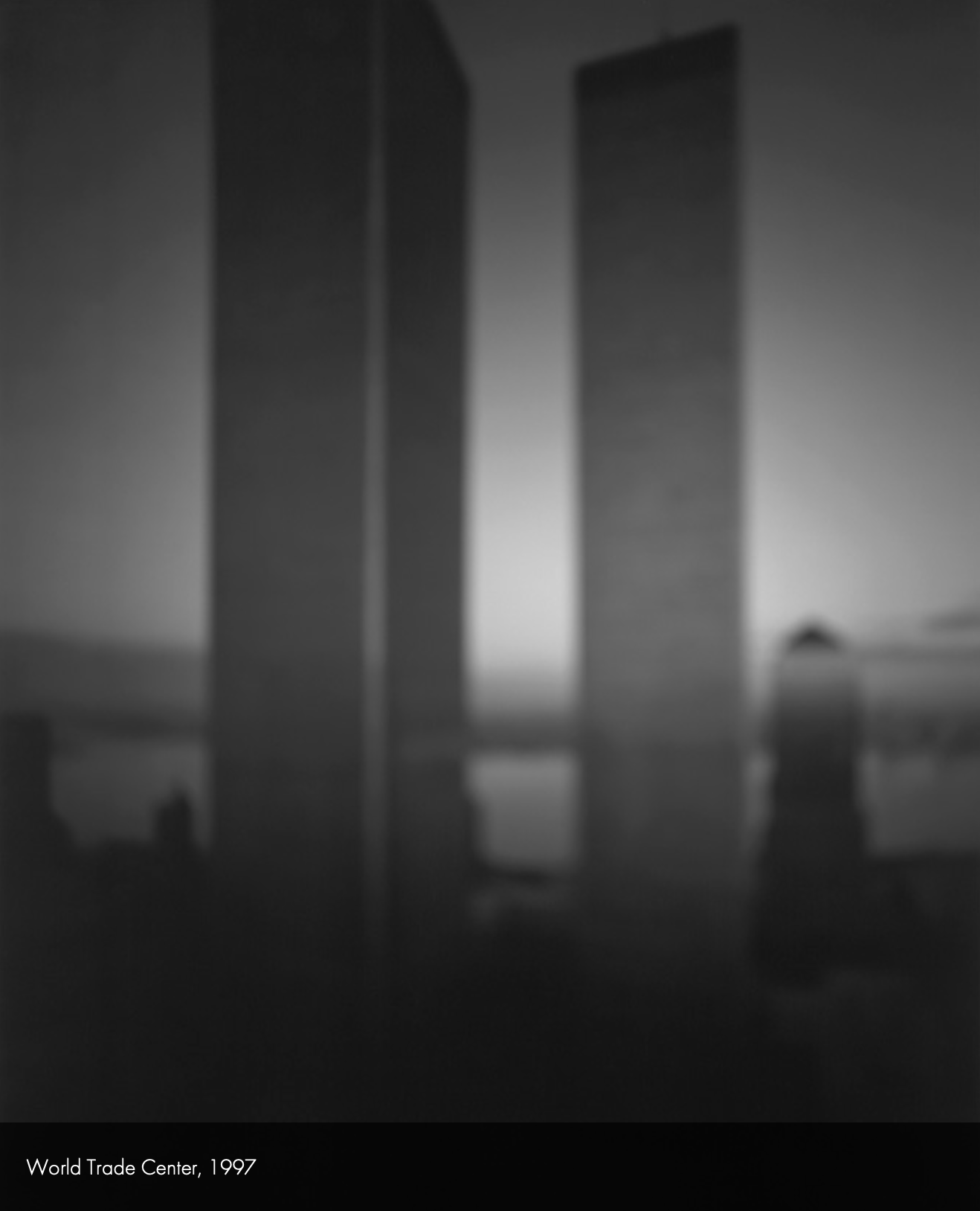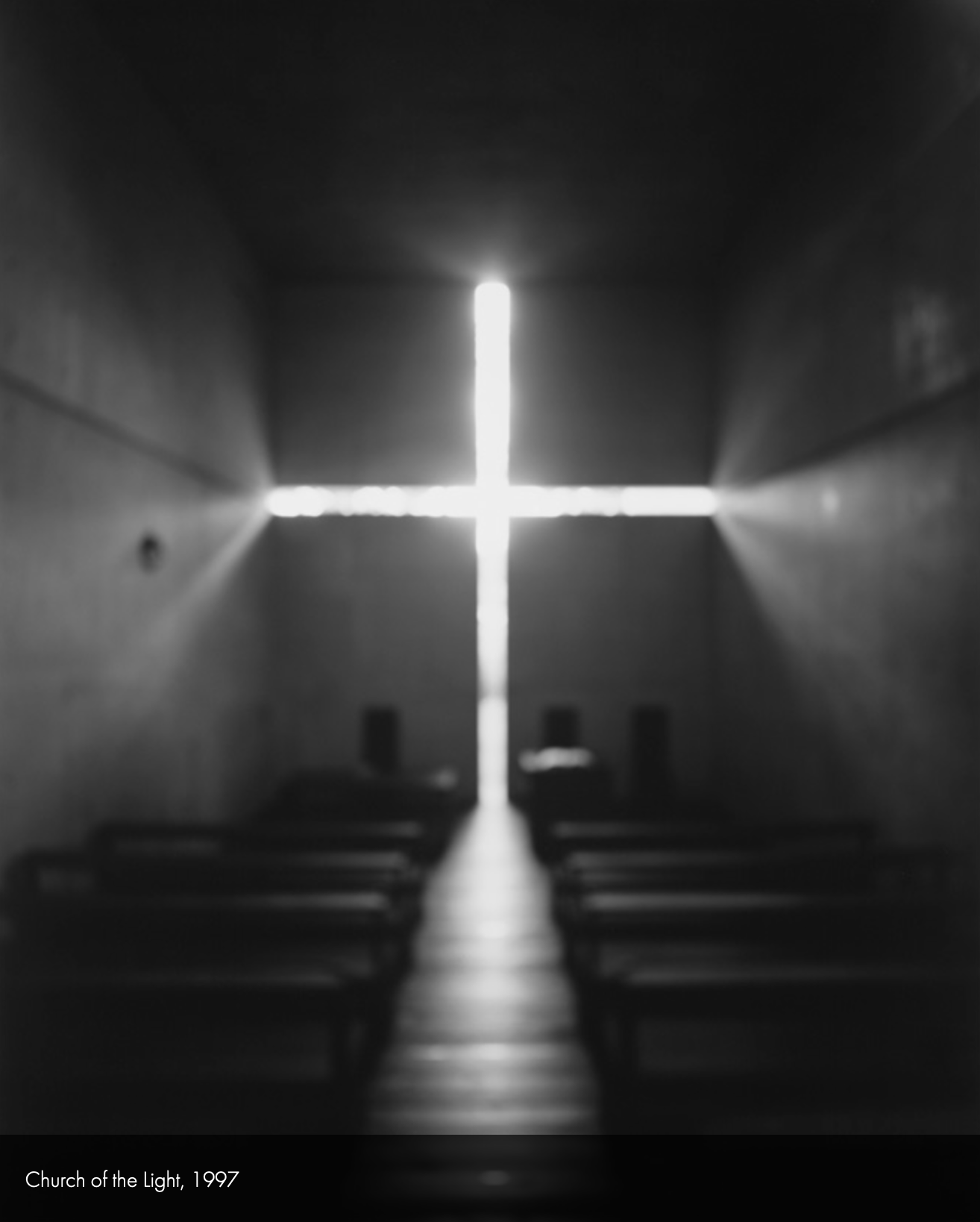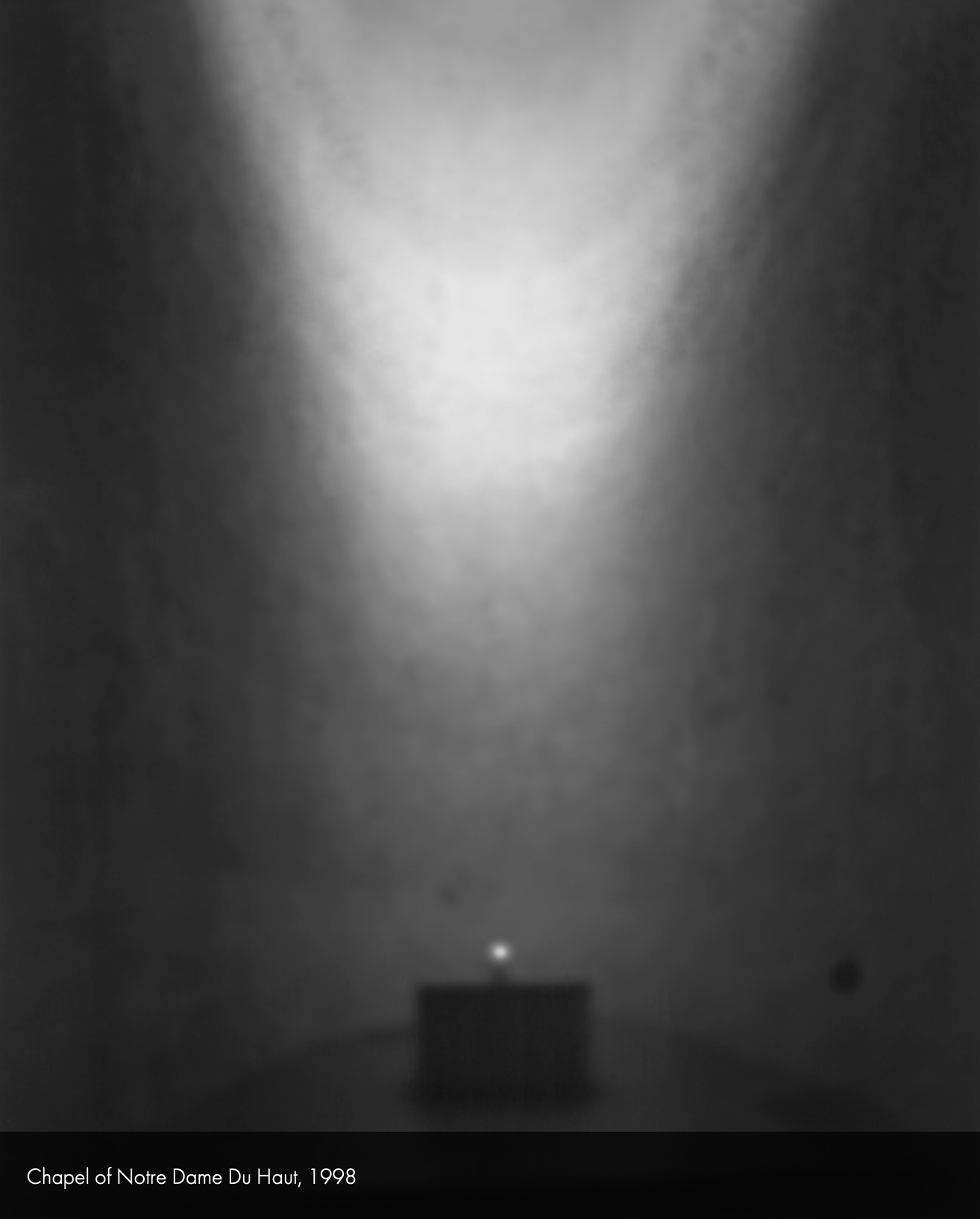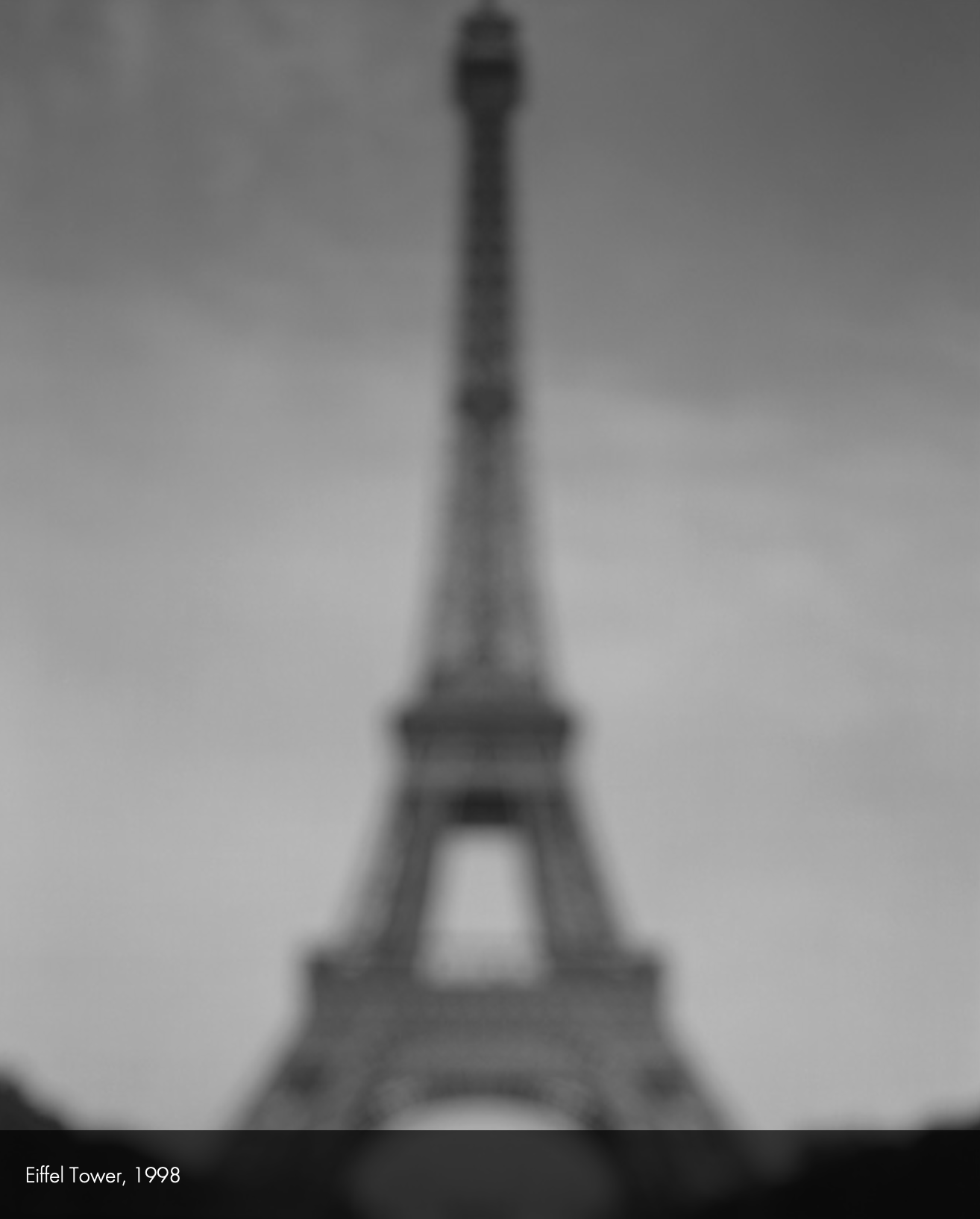Japanese enlightenment. Struggling as an older person in education and stuff I don’t understand…
While trawling the internet and doing some head scratching, which is not unusual these days, and research for my project, I came across this video which is an interview with Hiroshi Sugimoto: advice to the young!
“Before you try to become an artist I want you to go out to the world and learn about it.”
Hiroshi Sugimoto
Suddenly it dawned on me, that perhaps I haven’t left it too late to do this? Sure, academic work is harder when you’ve not been an academic this century, but maybe after all I do bring something to the table?
I thoroughly enjoyed watching this interview, the man seemed to make a lot of sense to me. Suddenly it dawned on me, that perhaps I haven’t left it too late to do this? Sure, academic work is harder when you’ve not been an academic this century, but maybe after all I do bring something to the table? Might have to work on the not so nice person aspect to follow his rules though.
The big revelation was I had heard this name before… now, where was that?
Beyond Infinity
After some more hunting around, I realised I had come across his work before with his project, Beyond Infinity. Of course the title of the work immediately caught my attention, beyond infinity, wow, how cool is that? What’s that all about? I was a bit disappointed to see images of blurred buildings and bridges etc.
The work was presented as photographs that were taken at a focus beyond infinity. Sugimoto uses a large format camera and has the ability to focus the lens quite simply beyond infinity and here in these pieces his idea was to push the focus to two times infinity on the camera. The results speak for themselves. Once the lens is focused beyond infinity there is nothing in focus and if you keep going then more and more becomes blurred, much like any other camera, but it is a special technique on a large format camera.
At the time of the work being presented, I had no information on it, so like many others, I simply dismissed the work as a bit of a gimmick. Sure, nicely exposed and composed black and white images, but why were they blurred? Don’t understand, move on…
In this case, I am Barthes’ reader and the author is dead to me and there is no source material to help me digest what I am seeing.
However, after watching the interview and rediscovering his work, I thought I need to know a bit more about this. I need some contextualisation for the work to be able to understand why he is doing this and what it’s all about.
Barthes’ view that the accompanying text provides, for an image, “anchorage to the meaning of the image, that the description of the work permits me to focus not only my gaze, but also my understanding”.
So off I went in search of the author himself and found his artistic statement for the project, a complete Eureka moment.
Early-twentieth century modernism was a watershed moment in cultural history, a stripping away of superfluous decoration. The spread of democracy and the innovations of the Machine Age swept aside the ostentation that heretofore had been a signifier of power and wealth.
I set out to trace the beginnings of our age via architecture. Pushing out my old large-format camera’s focal length to twice-infinity with no stops on the bellows rail, the view through the lens was an utter blur. I discovered that superlative architecture survives the onslaught of blurred photography. Thus, I began erosion-testing architecture for durability, completely melting away many of the buildings in the process.
- Hiroshi Sugimoto
Now all of a sudden I have context for the images and what was once blurred is now clear!
I am definitely on a personal journey here and as I move through it some of my ideas and preconceptions have changed and been challenged. Some of the dogmas have been eroded and I find myself exploring methods and approaches that I would never have contemplated before. Suddenly nothing is off limits. When I first started in photography, I was very much of the opinion you photograph what is in front of you, and that’s what you present to the world, nothing more nothing less…
All that artistic blurred stuff didn’t mean anything to me and was just silly, why would you not just focus the camera and make a nice picture? Perhaps I need to slow down a little and find some contextualisation before making a decision. A valuable lesson.



